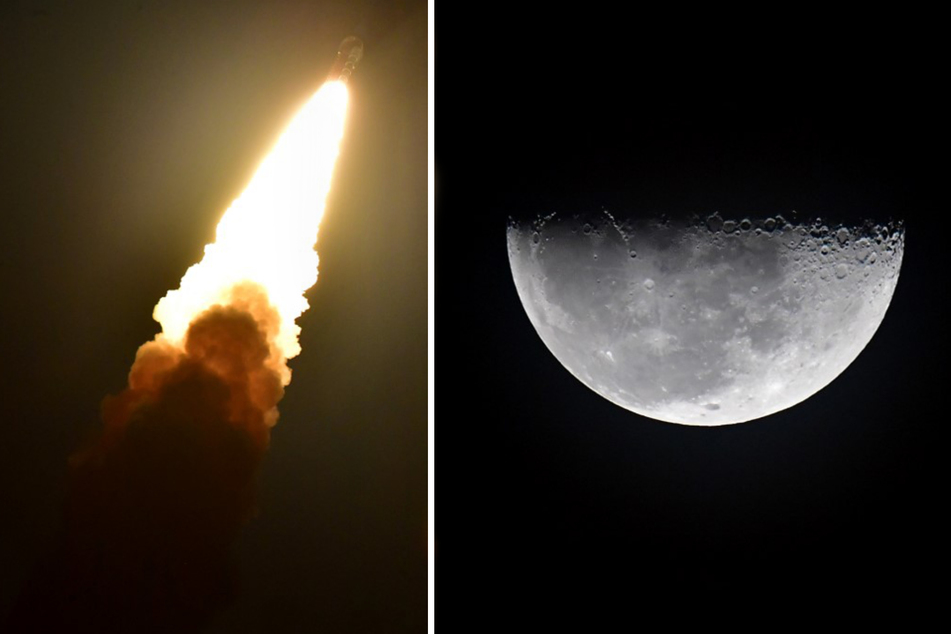NASA's Orion capsule splashes down after journey to moon
San Diego, California - The Orion capsule of NASA's Artemis 1 unmanned moon mission splashed down in the Pacific Ocean near California on Sunday, in what was considered a big test for the US space agency's next-generation spacecraft.

Following nearly a month in space, the capsule landed in the Pacific Ocean off the coast of Mexico on Sunday, according to live footage from NASA. It was greeted by a team of specialists and divers and is now set to be taken to the port of San Diego.
Orion flew at 25,000 miles per hour as it entered Earth's atmosphere, and then slowed down to around 300 miles per hour.
Orion's heat shield withstands temperatures of around 5,000 degrees Fahrenheit. With the help of five parachutes, the spacecraft decelerated even further to around 20 miles per hour as it hit the water.
Even before the landing, NASA chief Bill Nelson described the Artemis test mission as an "extraordinary success."
The mission was subject to repeated postponements and cost overruns. But after its launch on November 16 from Cape Canaveral in Florida, the flight went largely smoothly and the planned milestones could be checked off: Flyby of the Moon; insertion into the orbit of the Moon; swinging out of the orbit; followed by a further flyby.
NASA's Artemis program seeks to put humans on the Moon again
The Artemis program, named after the Greek goddess of the Moon, is to land US astronauts on the Moon again in the coming years, including for the first time a woman and a non-white person.
A first manned flight around the Moon – Artemis 2 – is to be followed by another manned flight including a Moon landing. The last human mission to land on the Moon was carried out by NASA in 1972 with the Apollo 17 mission.
The US put 12 astronauts on the Moon with the Apollo missions between 1969 and 1972. The US is the only country to have successfully put humans on the Moon.
Cover photo: Collage: Jim WATSON / AFP